Hakuba Valley, Nagano
On their best days, nothing in Japan beats swirling through bottomless Japow coating the soaring peaks of the Japanese Alps. While those best days are harder to predict than the consistent snowfalls of Hokkaido and Hakkoda, even on days lacking in epic depth, the soaring majesty of Hakuba’s mountains renders the experience stunning. Higher altitudes with many peaks coming close to 3,000 meters compensate for the Alps lower latitudinal positioning during the core winter months of January and February. However, at the head and tail ends of the winter season, rain mixed with snow is an unfortunately regular occurrence.
With 10 mountains (Happo-one, Goryu, Hakuba 47, Cortina, Iwatake, Norikura, Sanosaka, Kashimayari, Jigatake and Tsugaike Kogen) among which to choose on a joint lift ticket, the Hakuba Valley offers greater variety of lifted ski operations than anywhere else in Japan within a concentrated geography. The Hakuba Valley is quite spread out, however, so a rental car is highly recommended for those who want to maximize their options. Hakuba is one of two resorts in Japan on the EPIC Pass.
Japanuary Radar

Inclusive Trips
- EPIC Pass Trip
- EPIC / IKON Pass Trip
- Japan Grand Route Trip
Point by Point
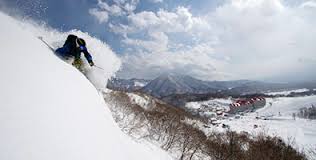
Snow Quality / Quantity
Snow Quality: Over a full season, Hakuba gets it all, from the driest light powder, particularly on the higher parts of the mountains, to spring slush. For those hoping to maximize the powder experience, it is best to concentrate on the 3 week window from mid-January through the first week of February.
Snow Quantity: Hakuba averages between 6 and 8 meters of snowfall annually. While respectable by any global standard, it does feel a bit paltry when compared to Japan’s northernmost legends. At the higher altitudes above the lifts, snow does pile deeper, and for dedicated backcountry adventurers, bottomless couloirs are bountiful.
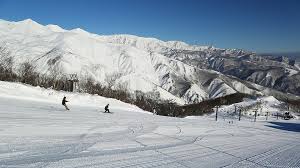
Ski Schools
The mountain owned ski schools tend to cater to the domestic customer base. A few independent ski schools with private instructors able to travel throughout the valley offer high quality instruction. Modern ski school base facilities have not yet been developed in Hakuba.
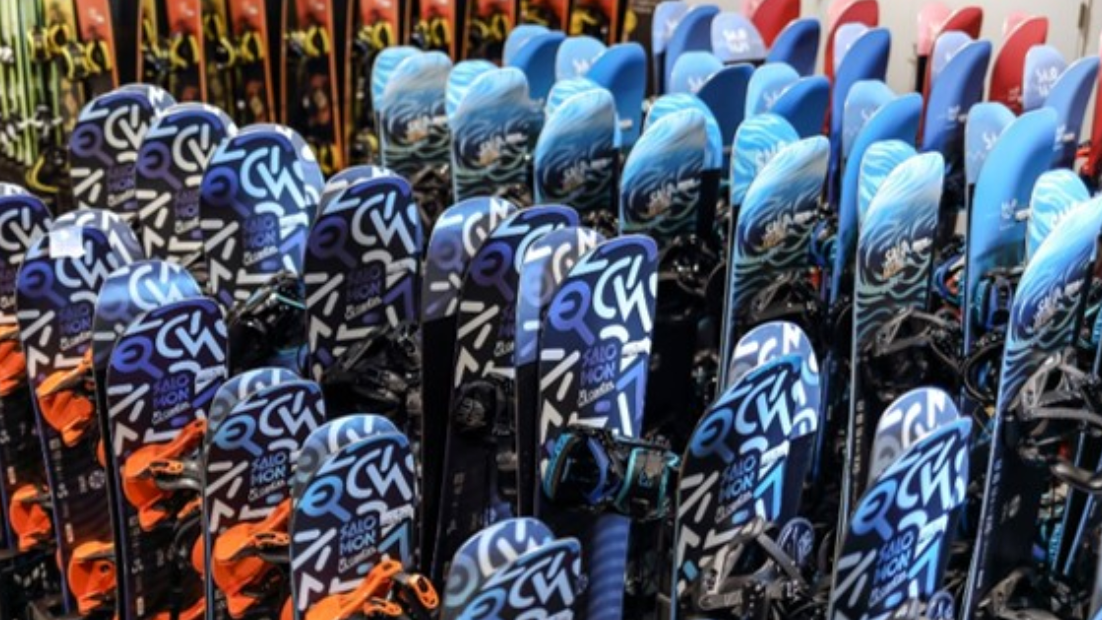
Rental / Retail
Hakuba has a robust range of retail and rental options, mostly concentrated at the Happo-one base area. Rhythm Snowsports, the behemoth Australian owned rental shop which imprinted the hyper-competitive Niseko market with a large footprint runs a large, perpetually packed shop next to the Momonoki and Hakuba Tokyu Hotels. Both Patagonia and Northface have established their own retail outlets, probably in recognition of Hakuba’s draw for 4-season mountaineers from both the Kanto and Kansai urban centers.
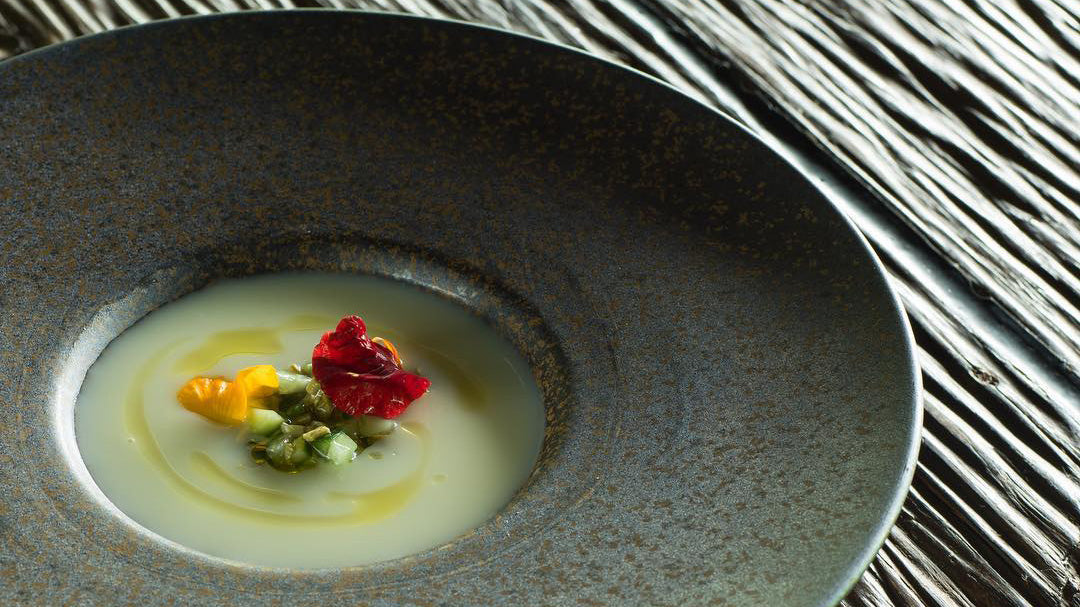
General Dining / Fine Dining
General Dining: Hakuba has spread throughout the valley a large range of restaurants ranging from wood-fired pizza to korean barbecue to sushi. Most shops are relatively small, so reservations are strongly recommended, particularly as the dining out crowds from Australia and greater China flood the resort in winter.
Fine Dining: Marquis dining options have not yet emerged in Hakuba, although the constant upgrading of the private lodging stock suggests that this may change in the future.
Lodging
Hakuba, as the second most known international ski destination following Niseko, has been far behind its slightly more famous northern neighbor in luxury lodging development. Hotels do not rise above the 3-star designation, with the resort being dominated by a large variety of pensions and legacy onsen hotels. Hakuba’s direct train access to Japan’s three largest urban centers combined with an almost-millenia old core village resistant to rapid change has facilitated traditionalism over modernized luxury. The result is greater access to Japanese business owners and the cultural benefits which come from community stalwarts. There are a couple of dozen higher end apartments and villas available for those who want the privacy and amenities that come with a cosmopolitan ski holiday. Also strongly recommended is the Kai Alps ryokan 20 minutes down the road in the town of Omachi for the most immersive experience at a high level of service.
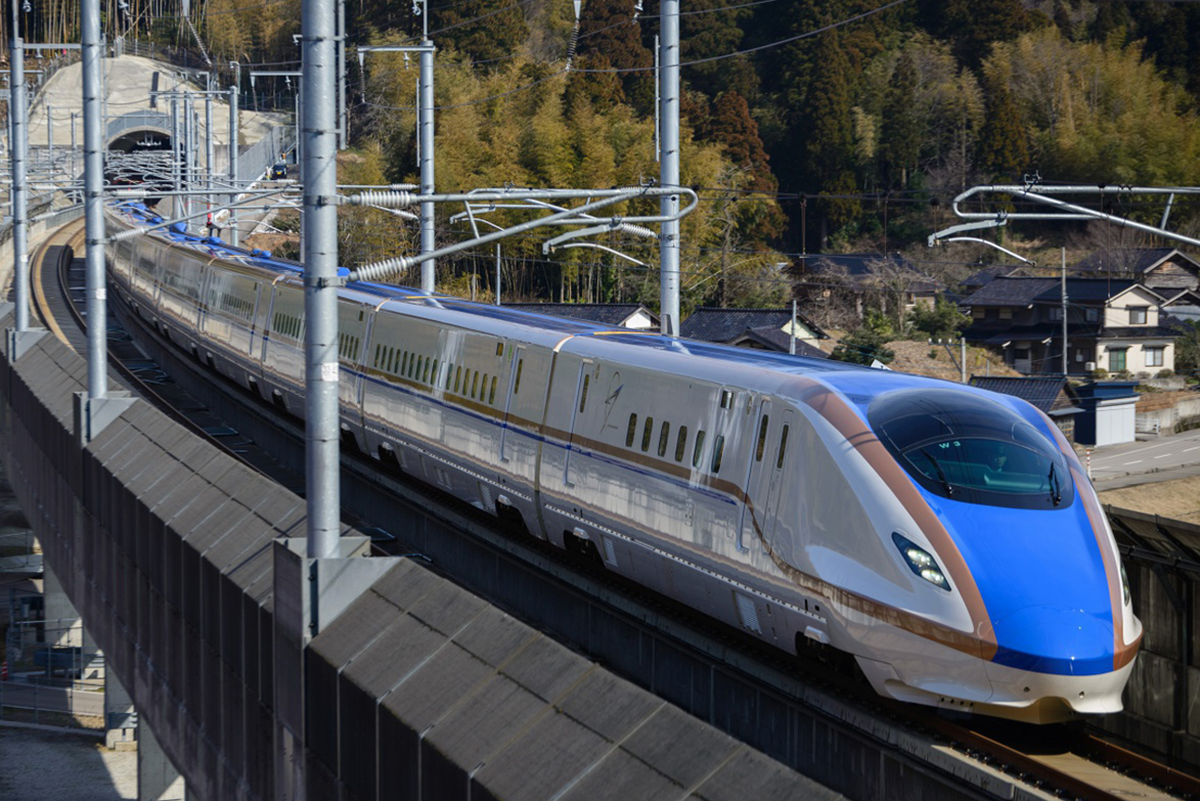
Air / Train Access
It is 2-3 hours from Hakkoda to any airport, and international visitors usually arrive at either Tokyo or Narita Airport. Direct bus service (4 hours) to the resort from either airport is the most common means of transportation. For those who spend a night or more in Tokyo upon arrival in Japan, an 80 minute bullet train ride from Tokyo Station gets you to Nagano Station, from where there is regular scheduled bus service for the additional 1 hour trip to Hakuba. There are express bus services to and from Osaka and Nagoya as well. For those hoping to link their Hakuba and Hokkaido ski holidays together, the best access is to Toyama Airport, with direct bus service daily matching well to the flight to Shin-Chitose Airport.
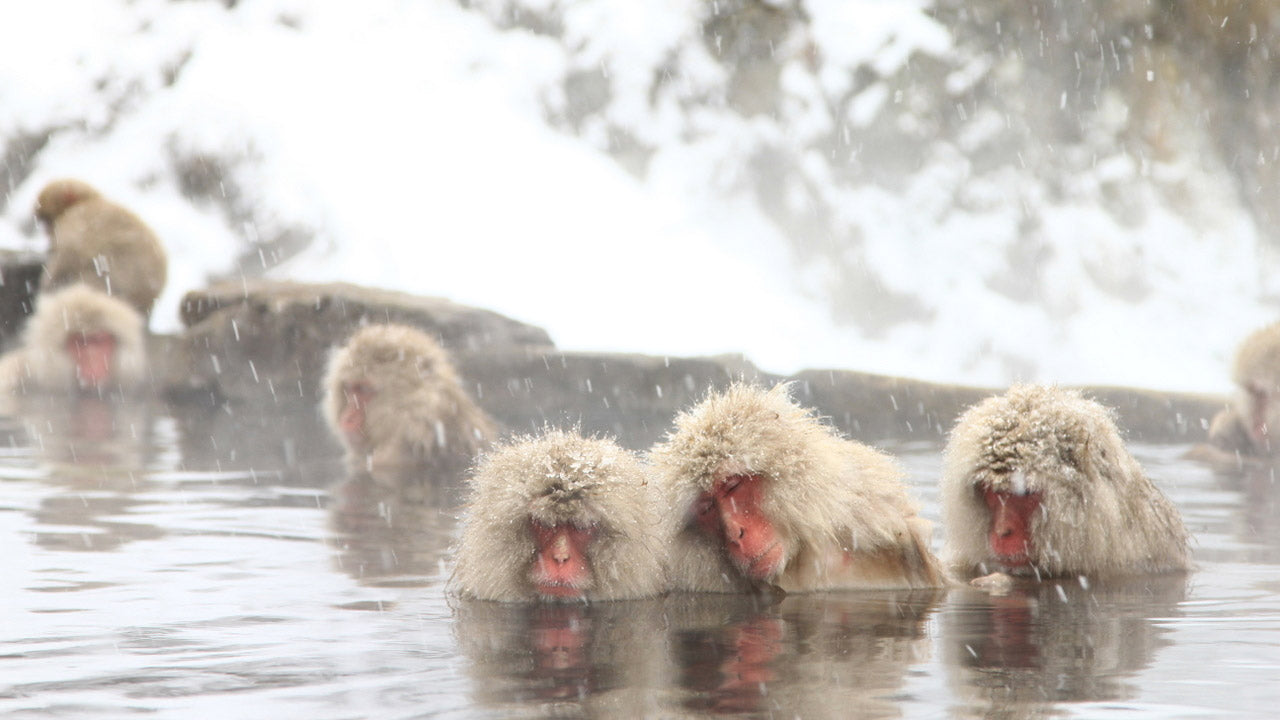
Cultural Experience
While the Hakuba Valley itself is filled with a pastoral population acclimating from a traditional domestic mountain holiday town to an international one, richer exposure to Japanese culture is not far away. The Kai Alps hotel brings artisans onto its well designed grounds. The most popular tour is a visit to Nagano’s famous hot spring bathing snow monkeys combined with a visit to Nagano’s largest temple and a sake brewery. The magnificent town of Kanazawa is only an hour on the shinkansen from Nagano, and worth either a day trip or an overnight when taking a break from the slopes.
Family / Kids
Hakuba has all the basic facilities to enjoy a ski holiday with children. The rental and ski school options can cover a family’s needs, although the base facilities are below the standard of other destination resorts. The spread out nature of the resort also makes moving around a bit less convenient than more compact destinations.









